Coaxial cables are essential for transmitting high-frequency signals over long distances with minimal signal loss. They are widely used in various applications, including television broadcasting, internet connectivity, and telecommunications. Proper installation and maintenance of coaxial cables are crucial to ensure optimal performance and longevity of the network. This article will delve into the step-by-step process of coaxial cable installation and maintenance, along with the necessary tools for each task.
Part 1: Coaxial Cable Installation
Pre-Installation Planning:
Before starting the installation process, thorough planning is essential. Understand the requirements of the network, including the length of cable needed, the signal strength, and the specific connectors and adapters required. Ensure you have all the necessary equipment and tools for the installation process.
Site Survey:
Perform a site survey to determine the best route for the cable and identify any potential obstacles or interference sources. This survey helps in estimating the cable length required and assists in selecting the appropriate cable type for the specific application.
Gather Tools and Equipment:
For coaxial cable installation, you will need the following tools:
a. Coaxial Cable: Choose a high-quality, suitable coaxial cable based on the application and signal requirements.
b. Connectors and Adapters: Select connectors and adapters compatible with the coaxial cable and the devices being connected.
c. Cable Cutter: A tool to cut the coaxial cable to the desired length accurately.
d. Cable Stripping Tool: Used to remove the outer jacket and shield from the cable, exposing the core conductor.
e. Compression Tool: Required for attaching connectors securely to the cable.
f. Crimp Tool: An alternative to compression tools for attaching connectors to the cable.
g. Coaxial Cable Tester: Essential for verifying the continuity and signal strength of the installed cable.
h. Fish Tape or Pull Cord: Used to guide the cable through conduits or tight spaces.
Installation Steps:
a. Prepare the cable: Measure and cut the coaxial cable to the required length, leaving some extra slack for potential adjustments.
b. Strip the cable: Use the cable stripping tool to carefully remove the outer jacket and shielding, exposing the inner conductor.
c. Attach connectors: Depending on the connectors chosen, either compress or crimp them onto the stripped ends of the cable.
d. Route the cable: Carefully run the cable along the planned path, avoiding sharp bends and potential sources of interference.
e. Terminate the cable: Connect the other end of the cable to the appropriate devices, such as modems, TVs, or routers.
f. Test the installation: Use a coaxial cable tester to verify the continuity and signal quality of the installed cable.
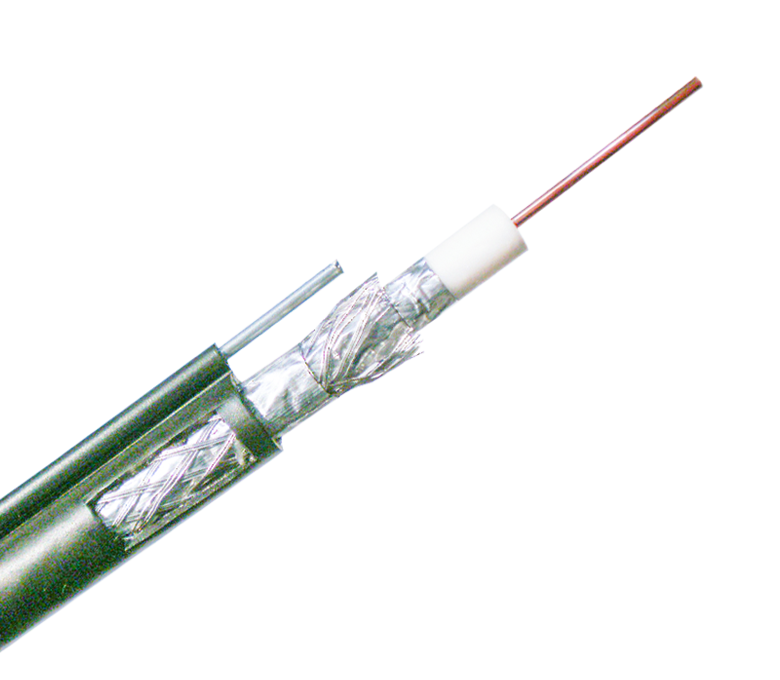
Part 2: Coaxial Cable Maintenance
Routine Inspection:
Regular inspections are crucial to identify potential issues and ensure the network's uninterrupted performance. Inspect the coaxial cables and connectors for any signs of wear, corrosion, or physical damage. Check for loose connections and tighten them if necessary.
Signal Testing:
Periodically test the signal strength and quality using a cable tester. This helps in detecting signal losses, impedance mismatches, or potential issues within the cable.
Cleaning:
Keep the cables and connectors clean to prevent signal degradation. Use a lint-free cloth and appropriate cleaning solutions to wipe off any dirt or dust accumulated on the connectors.
Cable Management:
Proper cable management prevents unnecessary stress on the cables and connectors. Use cable ties or clips to secure the coaxial cables neatly and avoid kinks or twists.
Protection from Environmental Factors:
Ensure that the coaxial cables are adequately protected from harsh weather conditions, excessive heat, or water exposure. Install weatherproofing materials around connectors and junctions if needed.
Repairs and Replacements:
If any coaxial cable or connector shows signs of damage or degradation, replace it immediately. Promptly repair any damaged parts to maintain the network's integrity.
Coaxial cables are essential components in various communication systems, and their proper installation and maintenance are crucial to ensuring optimal performance. The installation process involves careful planning, the selection of appropriate cables, connectors, and tools, and a thorough testing procedure. Routine maintenance includes inspections, signal testing, cable cleaning, and protection from environmental factors. By following the recommended procedures and using the necessary tools, technicians can install and maintain coaxial cables effectively, enabling reliable and efficient communication networks.
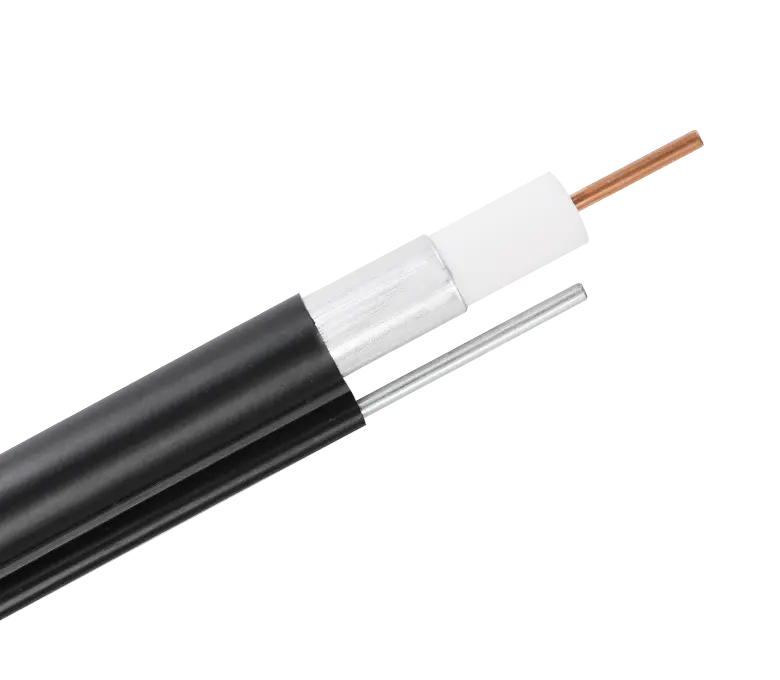
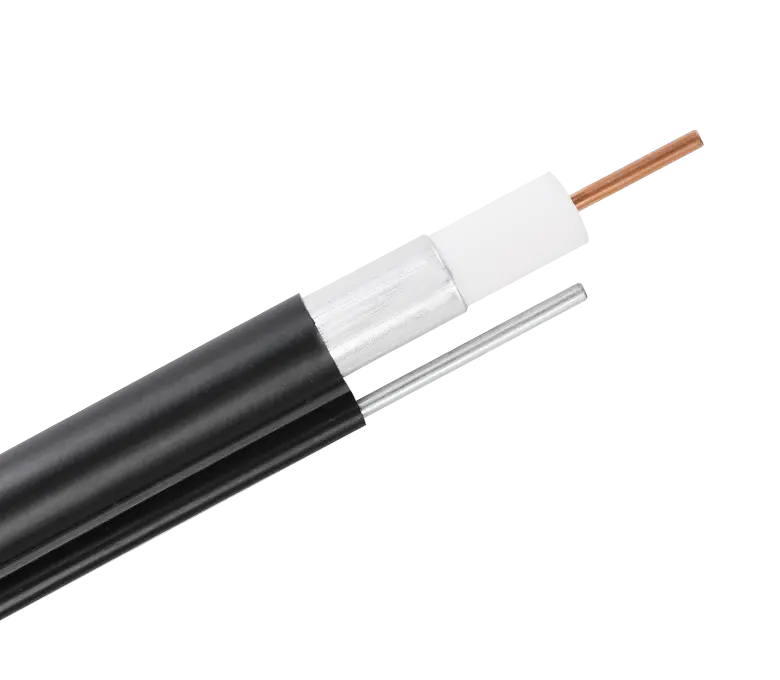
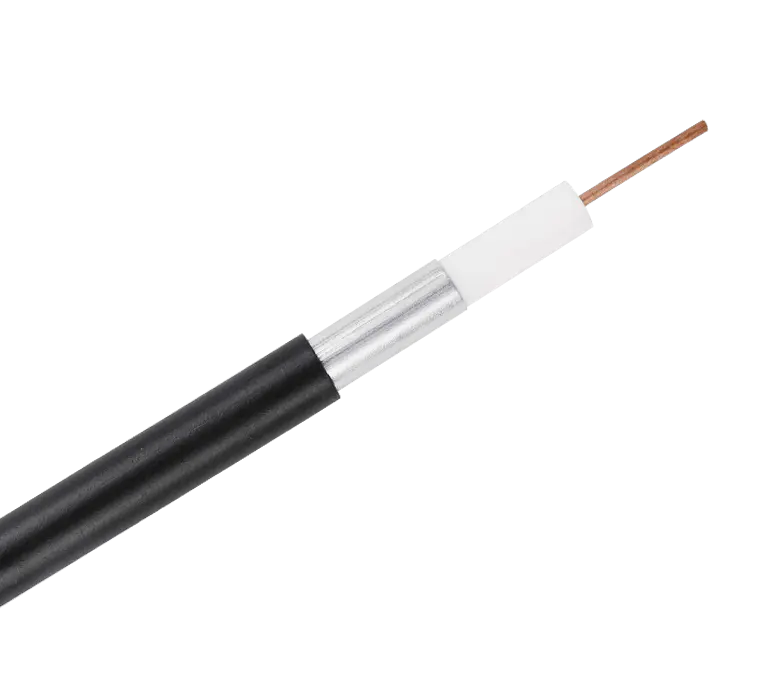
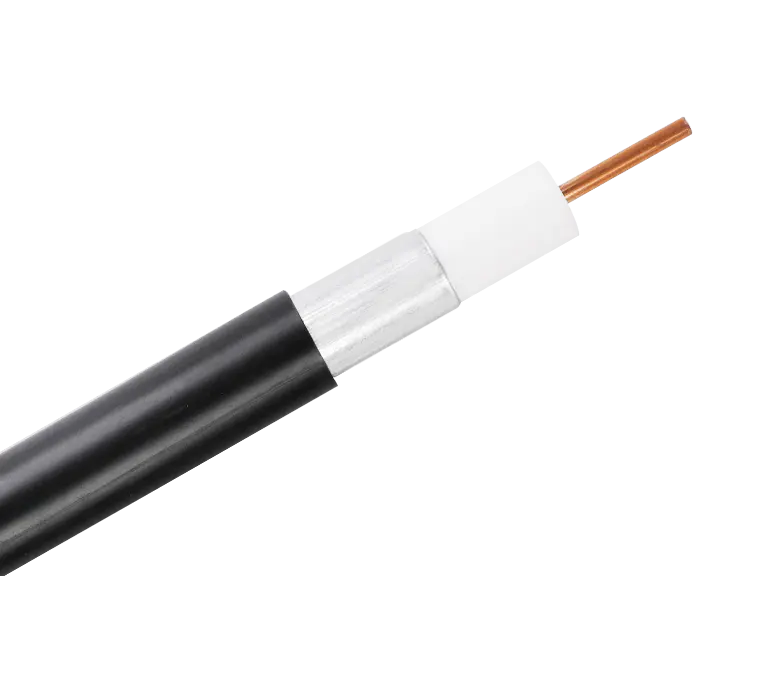
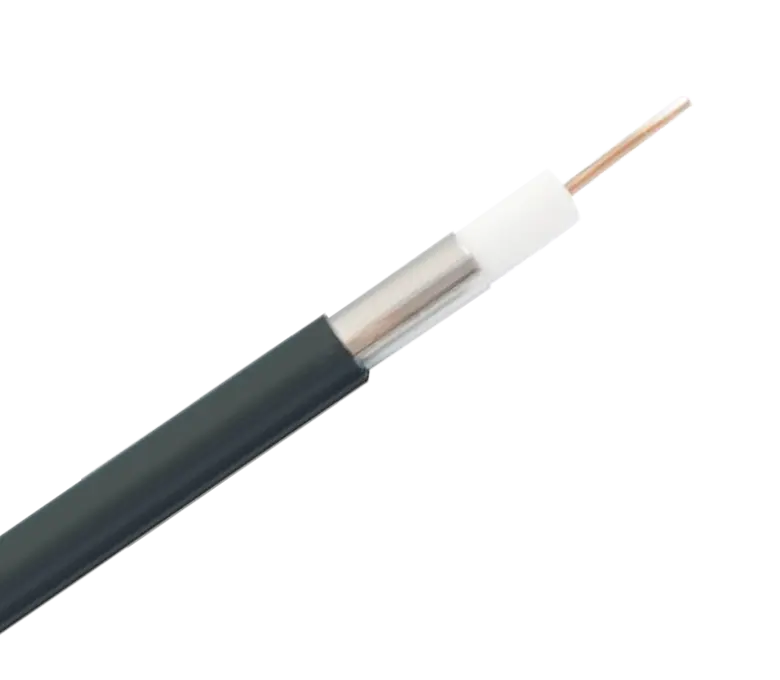
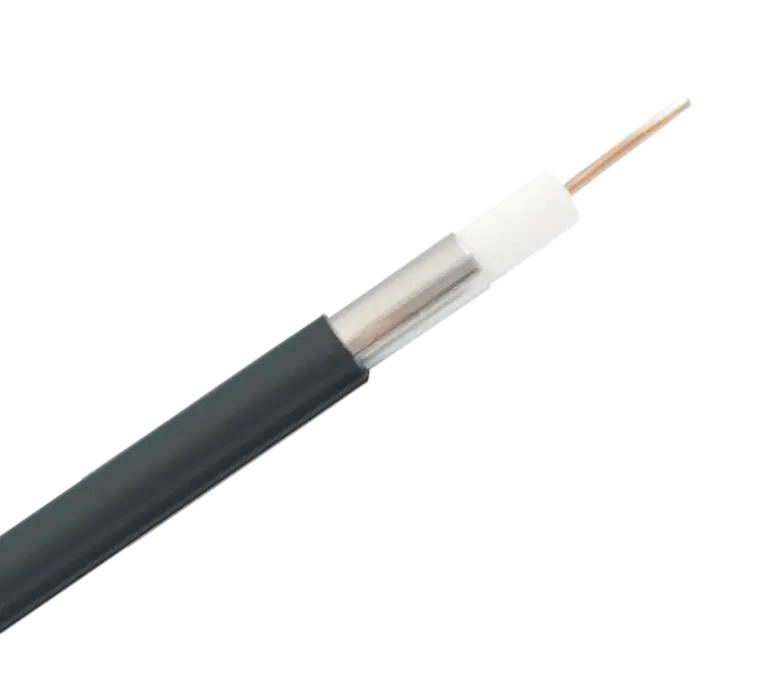
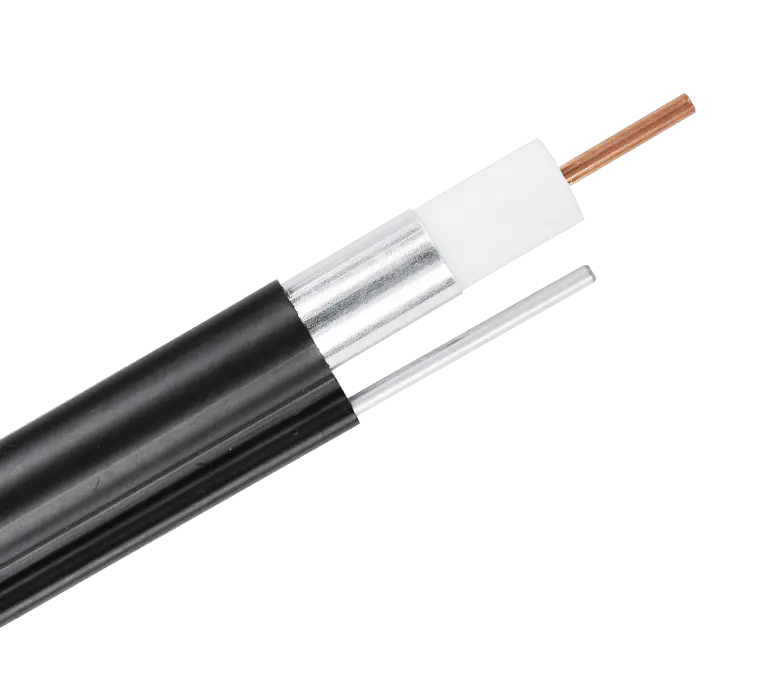
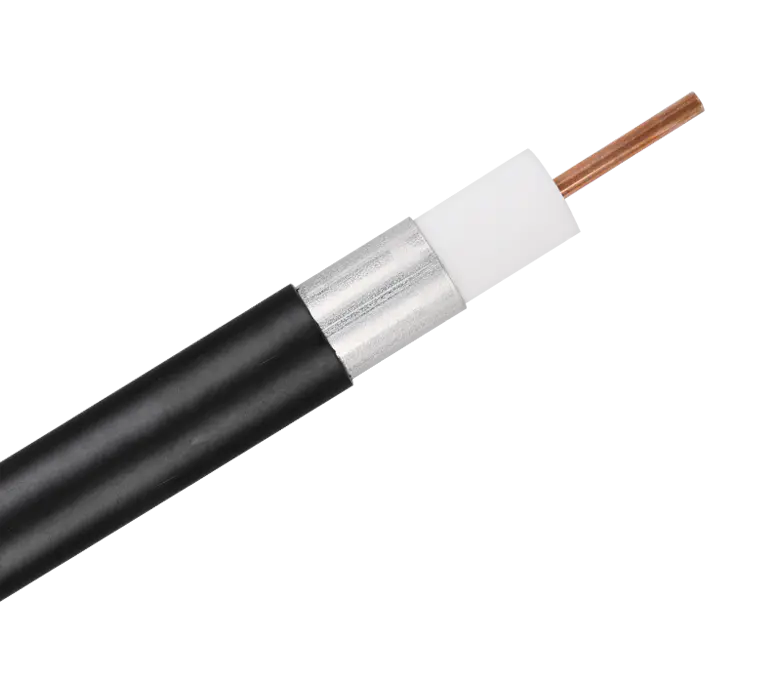
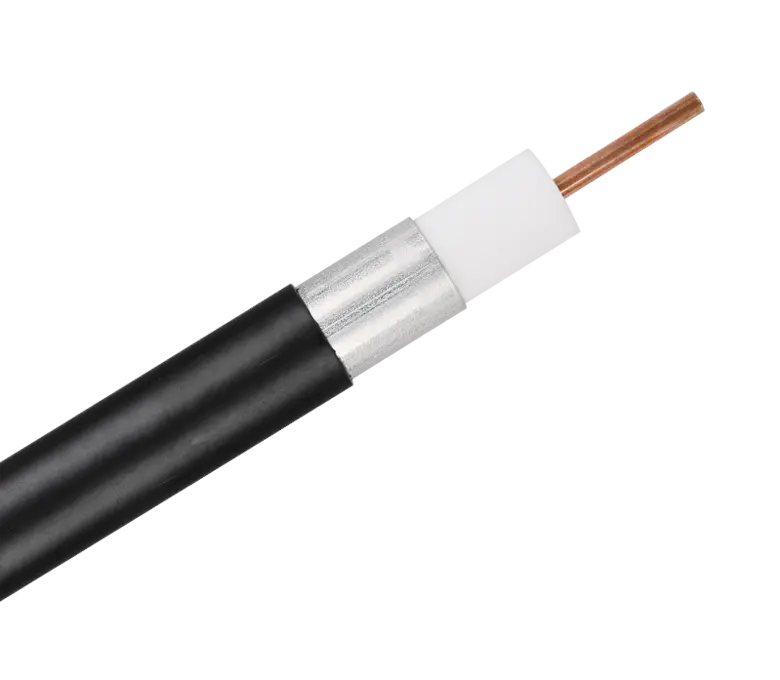
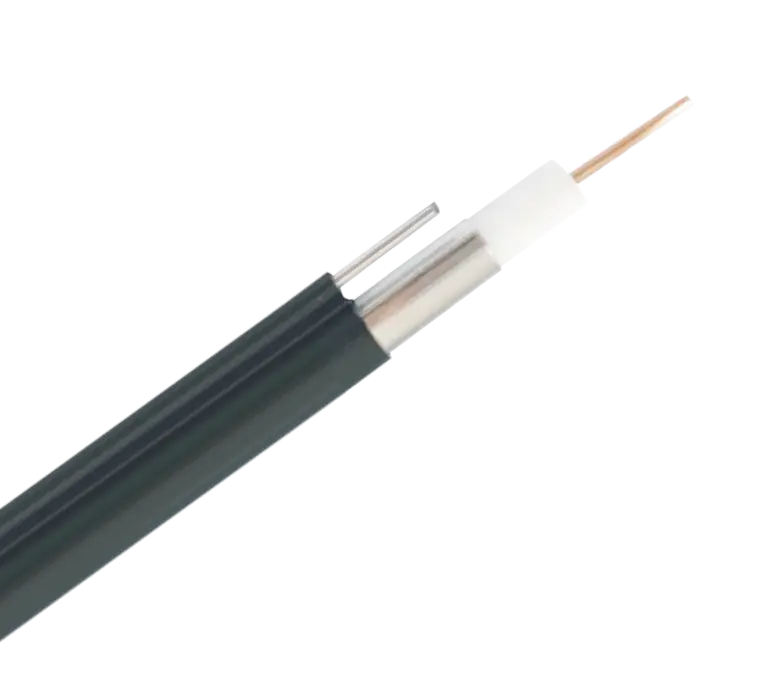
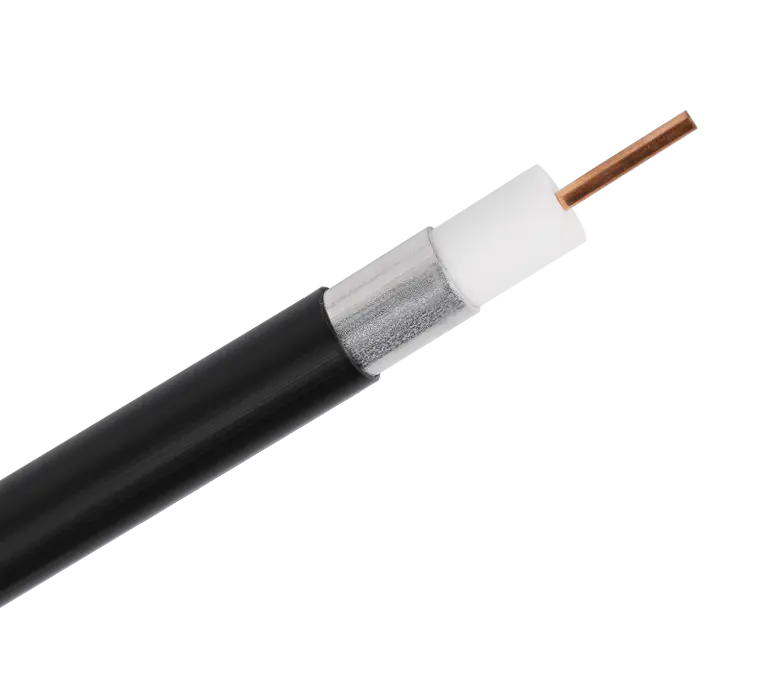
 浙公网安备33018502001191号
浙公网安备33018502001191号